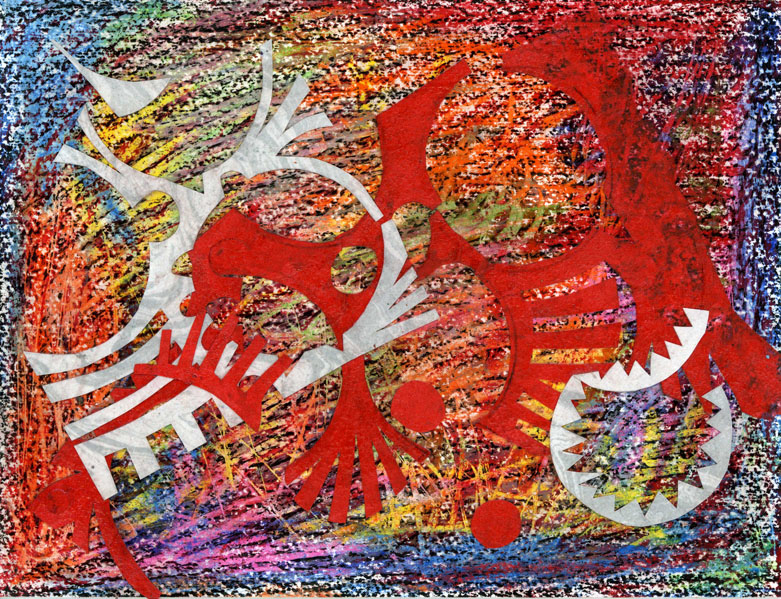Anne Minard
for National Geographic News
January 5, 2010 cont'd:
http://news.nationalgeographic.com/news/2010/01/100105-earliest-galaxies...
What caused the major re-ionization event 400 to 900 million years after the big bang?
During this event, something triggered a heat wave that stripped electrons from the neutral hydrogen that filled the universe.
The charged gas shifted rapidly from being opaque to being transparent, ending what's known as the cosmic dark ages and giving rise to the types of galaxies, stars, and other objects familiar today.
(Read (National Geographic's): "Most Distant Object Found; Light Pierced 'Dark Age' Fog.")
The mystery is a "whodunit that is essential to understanding the formation of the structure of the universe," Illingworth said.
A steady increase in starlight from early galaxies is the prime suspect for generating the needed heat.
But so far, the concentration of galaxies in the universe appears to drop off the further back in time astronomers look, and the new findings confirm that theory.
If the truly primordial galaxies—which are as-yet unseen—were very dense, experts say, they could have had the critical mass necessary to trigger the re-ionization event.
The James Webb Space Telescope, due to launch in 2014, may identify the culprits for the re-ionization event by spotting these primordial objects.
Until then, Illingworth said, "we're pushing Hubble to the limit to find these objects."
